What do 9 out of 10 Indians have in common?
The answer can be found in Sudhir Sitapati’s book ‘The CEO Factory’ published by Juggernaut Books. Sitapati had joined Hindustan Unilever (HUL) in 1999 as a management trainee fresh out of IIM Ahmedabad. During his career, he was always aware of the giant reputation that HUL held among its peers in the corporate world. Sitapati rose the corporate ladder to become executive director deeply ingrained in the HUL culture and practices.
Some of the best companies in India and abroad have HUL alumni as their CEOs. Sitapati, his colleagues at HUL and most leaders in the corporate sector are well aware of this. But it wasn’t until his publisher, Chiki Sarkar, co-founder of Juggernaut Books asked why this was the case, until he pondered the question seriously and agreed there was a book that was waiting to be written about it.
In an exclusive conversation with Adgully, Sitapati speaks about his book ‘The CEO Factory’ and the legacy of Hindustan Unilever.
What is the premise of this book?
The basic question I asked is ‘Why is HUL a CEO factory?’ The real question is ‘Why has this company done well for so long?
We have this ritual at HUL where retired directors meet once a year in July for dinner. Our former chairman, Harish Manwani in his last speech spoke about.the same things I have written in the book. He said that when he joined HUL in the 1980s and 70s it was one of the top 5 companies in India remains among the top 5.
Researching for the book, I actually realised that HUL had been a top 5 Indian company for much longer. We idealise companies after looking at their performance for 3-5 years and make heroes out of them but if you look at a longer period you find fewer and fewer companies who have stayed at the top of their game. While there have been some groups at the top for many years, no single company has been at the top of their game like HUL has.
What is the culture of HUL and how did you come to join the company?
I’ve written in the book that the culture of the company is meritocratic, entrepreneurial, frugal, middle class and egalitarian. At the heart of Lever’s culture is our middle class soul.
HUL culture is interesting and has its antecedents in its Anglo-Dutch origins. Our social conscience comes from the English arm of Unilever. The Dutch arm brought in the hardworking and frugal mindset. HUL started hiring senior managers who were Indians as early as the 1950s, soon after Independence. The entrepreneurial culture has come in as a consequence of that.
It was at my dad’s insistence that I joined HUL straight out of IIM Ahmedabad. Dad started his career in L&T and his close friend from IIT Bombay was a senior guy at Lever. People from that generation and even leaders today have a different view of HUL.
He was opposed to me doing a desk job and felt that your first job should always be on the field. He felt that Lever gave the best training and for a young professional there was no better place than HUL to get their grounding.
Whoever joins HUL undergoes management training for a year. You spend a few months in every function doing the job where the rubber meets the road. In the first 2 months, I was going shop to shop along with a salesman often carrying a handcart. In those days I worked in the Dalda division when we used to own Dalda Vanaspati. Following that, I went door to door and did market research. So during the first year people get a taste of the operational realities.
Why are HUL alumni so valued in corporate leadership?
I would argue that most people who have left HUL and gone to other companies have been ambassadors of Lever culture. Often what you think is professional management in Indian companies owes its origins to Lever. It has been a fountainhead of management practices and corporate culture in India.
People who come to Lever have a shared experience of the company as a value driven meritocracy and a great collegial culture. It is a company where you can sleep at night without anything weighing on your conscience.
A few years ago someone from my IIM Ahmedabad batch had written in a blog that out of my 180 batchmates only 3 people in the last 20 years had stuck to their first job. He wrote that the 2-3 companies which had retained its employees were all top class companies.
The question is, why do some people stick to a company for a long period of time while others leave. I have been with HUL for 20 years and I’m not the exception but the norm.
When you joined HUL in the 90s was it known for its consumer centricity?
Forget the 90s, it was Unilever’s former chairman Prakash Tandon who set up the first market research division in India. Yesterday, while I was at the Market Research Society of India, I shared how the first market research in India was done in 1937 by Lever.
As I recall, when we introduced Dalda in this country most Indians were used to using ghee. The first market research was a team at Unilever standing outside Regal Cinema making puri’s in Dalda oil and getting consumers to give feedback. This was before even the silent era of cinema. Consumer centricity has been in the DNA of the company.
Most people are aware of HUL brands but not the company. Why?
If you have a portfolio approach to brands then the company has to take a backseat. In every category, we like to have 3-4 positions which are often counter to each other. Let’s take tea for example, our brand Taza is known for freshness and Brooke Bond is about togetherness and connoisseurship. A consumer who wants connoisseurship doesn’t also want to be associated with a brand known for freshness. This approach has led to 9 out of 10 Indians having sampled a HUL product during their lives which is a staggering number. Forget Facebook and Google, there is nothing in India that 90% of Indians have in common.
Also Read:
Jackie Kalwani elevated to Media Manager at Hindustan Unilever
Geometry Encompass and Hindustan Unilever Come Together Kumbh Mela 2019


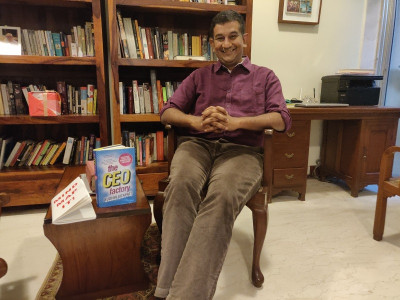

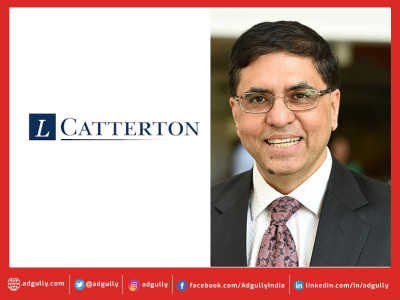
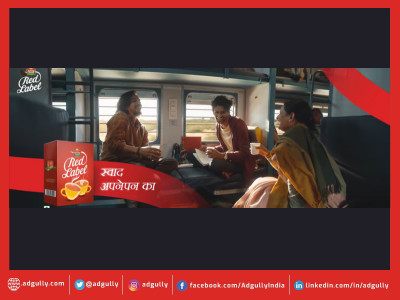
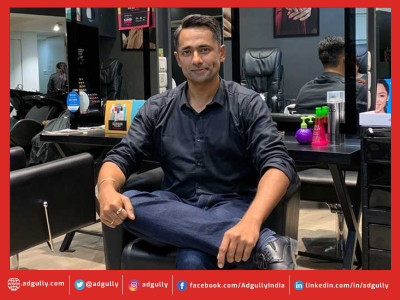
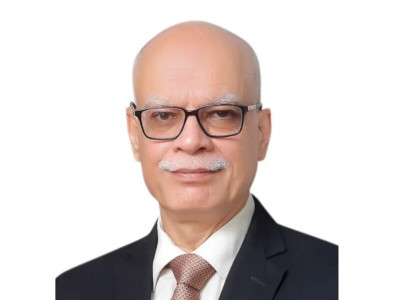



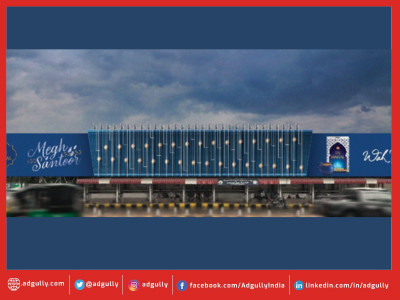
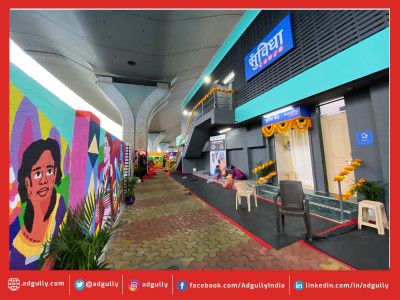
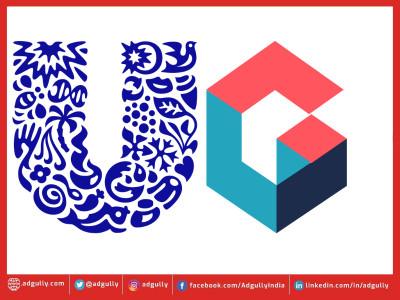
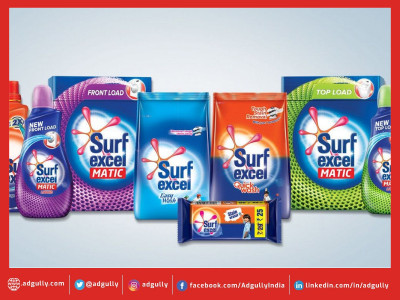

Share
Facebook
YouTube
Tweet
Twitter
LinkedIn